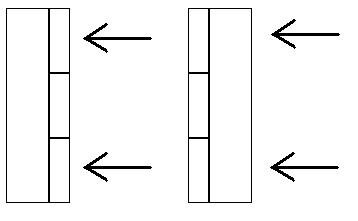- Joined
- Jan 24, 2010
- Location
- New Hampshire
Hey all,
I am looking for some opinions about the configuration of my fans in a push or pull setup in a two loop system. I have read that fans in a pull setup make less noise over pushing. I will have a triple rad in the front case panel and a quad in the rear case panel so the air will travel straight through the case from the intake in the front to the exhaust in the rear. I will also have 4 80mm fans exausting through the top panel. Really my question is should I pull from the front and push from the back or have both rads pulling or pushing? The picture shows how I was going to set up my case but as you can see the rear rad is a triple, I will be using a quad in the rear.Thanks for all of your help so far getting me set up with everything.
I am looking for some opinions about the configuration of my fans in a push or pull setup in a two loop system. I have read that fans in a pull setup make less noise over pushing. I will have a triple rad in the front case panel and a quad in the rear case panel so the air will travel straight through the case from the intake in the front to the exhaust in the rear. I will also have 4 80mm fans exausting through the top panel. Really my question is should I pull from the front and push from the back or have both rads pulling or pushing? The picture shows how I was going to set up my case but as you can see the rear rad is a triple, I will be using a quad in the rear.Thanks for all of your help so far getting me set up with everything.
